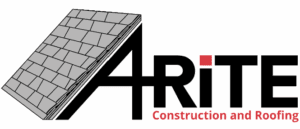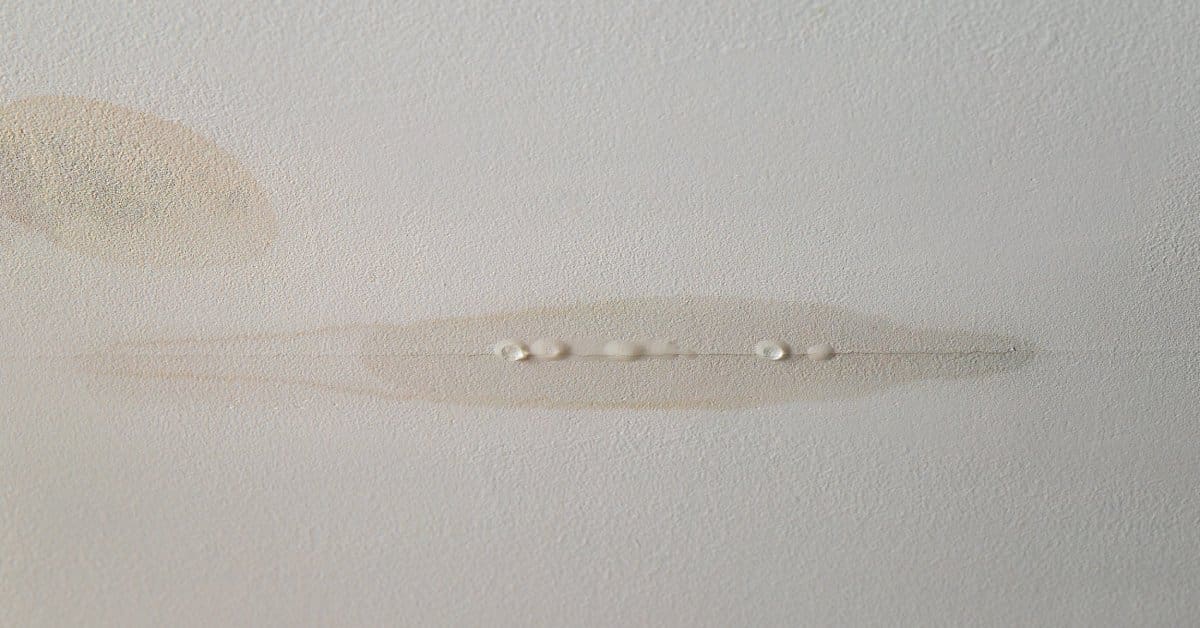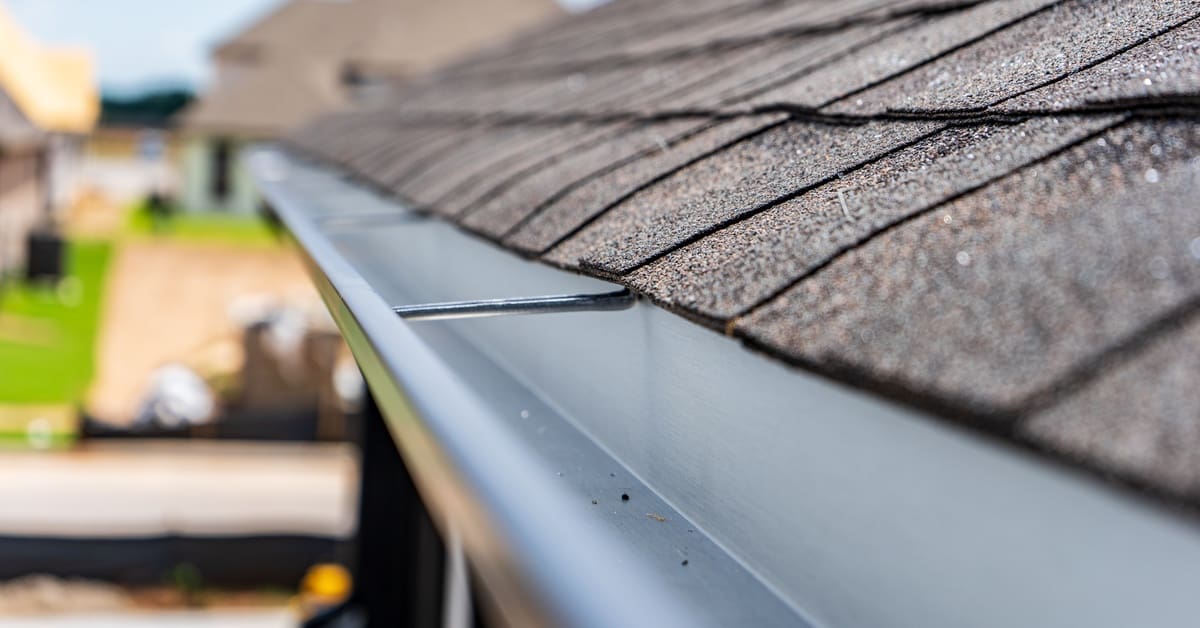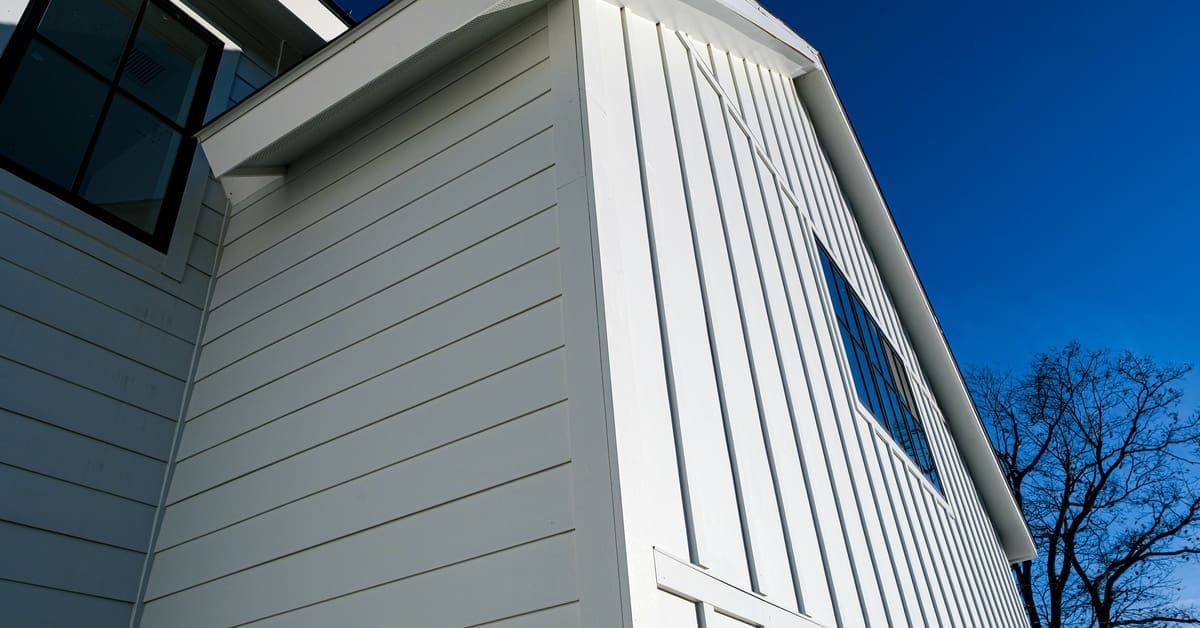Hidden roof leaks are silent culprits that cause substantial damage to homes. For homeowners in Wausau, WI, understanding how to spot hidden roof leaks before they cause damage is key to safeguarding the condition and value of your home. Discover the subtle signs, common problem areas, and why professional inspections are necessary for preventing leaky roofs.
The Hidden Dangers of Roof Leaks
At first, a small leak might seem harmless. However, the consequences of water seeping can escalate quickly.
Water infiltration weakens structural components, promotes mold growth, and increases energy costs by compromising the insulation. According to the Environmental Protection Agency, mold can develop within 24 to 48 hours of water exposure, posing risks to your home and health. Detecting leaks early is vital to stopping widespread damage.
Subtle Signs of a Roof Leak
Leaks commonly leave subtle, progressive clues throughout the home’s interior. Recognizing the following indicators helps homeowners act before the damage becomes widespread or expensive.
Water Stains on Ceilings and Walls
Discolored spots, yellow rings, or streaks on ceilings and walls usually indicate water seepage. These stains occur due to moisture accumulating in the attic or insulation after finding its way through the roofing material. No matter how minor the leak, these stains can hint at deeper problems.
Bubbling or Warping Floors
In areas below the roof, specifically in upper-floor rooms or attics, you may notice warping or bubbling in hardwood or laminate flooring. This could result from water seeping through the roof and into the floors below.
Musty Odors
A sudden or lingering musty smell in your home often points to trapped moisture. If moisture settles in hidden spaces, like the attic or beneath carpets, it can lead to mold and mildew.
Dripping Water During Storms
Discovering dripping water during heavy rain or storms clearly shows a roof leak. Don’t overlook seemingly minor wet spots that evaporate afterward; these areas indicate an ongoing problem.
Increased Energy Bills
While not a direct sign, a sudden spike in energy costs can sometimes be a roof leak. When insulation is wet, it loses effectiveness, causing the HVAC system to work harder to regulate the interior’s temperature.
Common Areas Where Roof Leaks Occur
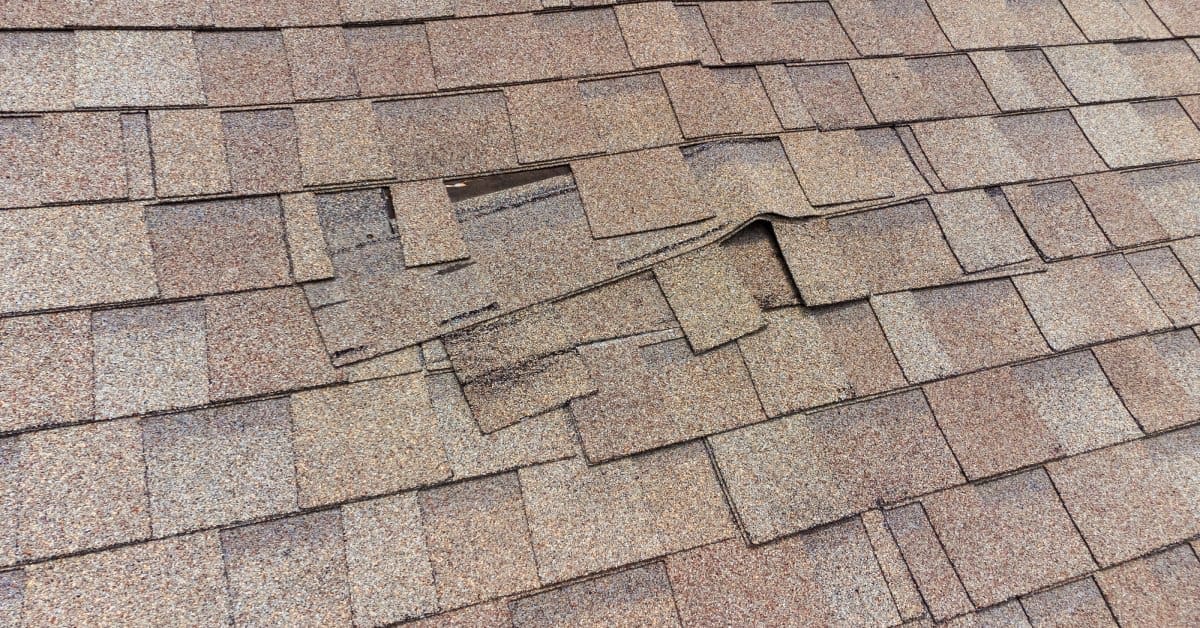
While interior clues can point to a problem, many hidden leaks begin with issues visible from the outside. A careful visual inspection of your roof—either from the ground or by a professional—can reveal vulnerabilities. Pay attention to these common areas for damage.
Cracked, Curling, or Missing Shingles
Damaged shingles are a common culprit for roof leaks. Elements like wind, heavy rain, and snow in Wausau’s climate can loosen shingles or cause them to crack. Compromised shingles expose the roof’s underlying structure to water intrusion.
Dipping or Sagging Roof Sections
Walk around your home or look from the ground to spot sections of the roof that appear to sag or dip. This could be a sign of accumulated water causing structural damage beneath the surface. Left unchecked, these compromised areas can lead to costly repairs.
Flashing Around Vents, Chimneys, and Skylights
Flashing is the metal material placed around openings such as chimneys, vents, and skylights to prevent water entry. If flashing becomes cracked or loose, water can easily find its way through these protected areas. Watch these spots closely, especially after significant weather events.
The Impact of Seasonal Changes Affect Your Roof
In northern Wisconsin, roofs take a beating year-round. Each season introduces unique challenges. Understanding how the weather affects your roof throughout the year can determine where to look for leaks.
Winter
Heavy snow, ice dams, and extreme cold expose weak spots in your roof. As the snow melts and refreezes, water can work its way under shingles or flashing, then expand and worsen small gaps. Ice dams along roof edges can force melting snow back under shingles, leading to unseen water infiltration in attics and wall cavities.
Spring
Melting snow, rainstorms, and lingering freeze-thaw cycles make spring a risky time for leaks. Moisture from winter may still be in the roofing system, and sudden temperature swings can accelerate damage. This is the ideal season for a professional inspection to check for winter-related issues before spring showers intensify them.
Summer
UV exposure, heat, and severe weather—including hail and high winds—can compromise roofing materials. Shingles may crack, warp, or lose granules, increasing the likelihood of water intrusion during future storms. Summer is also when mold and mildew thrive in warm, damp environments caused by hidden leaks.
Fall
When leaves and debris block gutters and downspouts, water collects on the roof. The cool temperatures and autumn rain test the roof’s ability to shed water efficiently. Regular gutter maintenance and a pre-winter inspection can identify and prevent potential leak sources before snowfall arrives.
No matter the season, consistent monitoring and timely professional inspections are key to catching issues early.
Roofing Materials and the Likelihood of Leaks
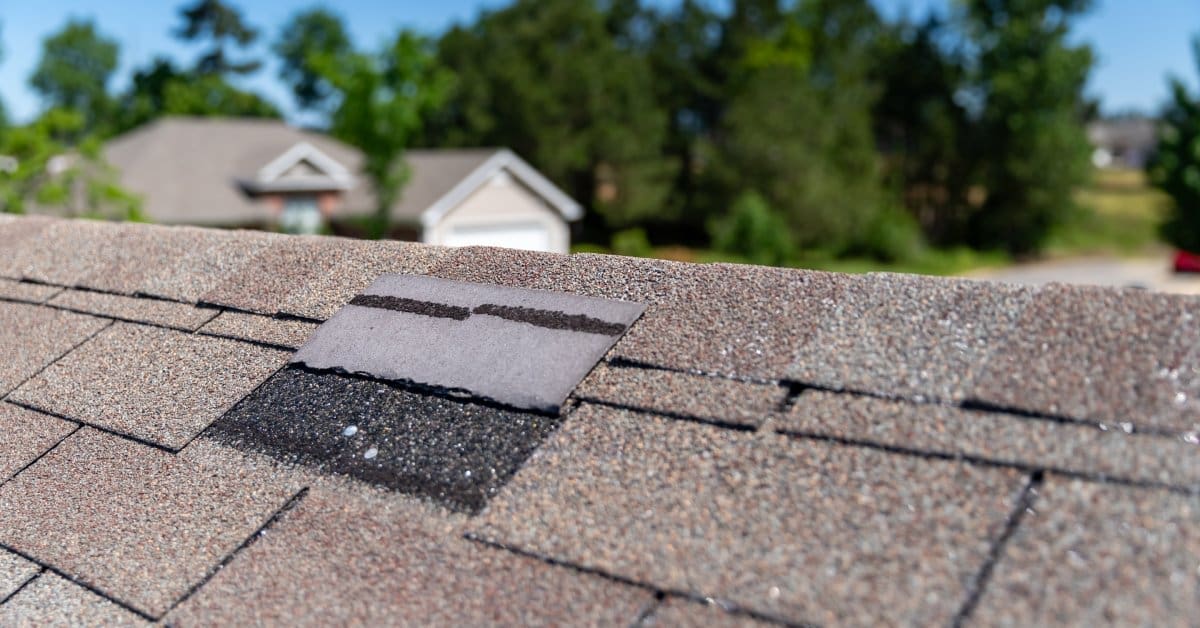
The roofing material you choose significantly affects your roof’s ability to resist leaks. Asphalt shingles are widely regarded as the standard roofing material for residential homes. When properly installed and maintained, they offer great protection against the elements.
Still, as shingles age, they may lose granules, crack, or curl, which allows water to seep through. Consistent upkeep and prompt repairs help stop these problems from worsening.
Why Professional Inspections Are Essential
While homeowners can address some routine maintenance tasks, many hidden roof issues require the expertise of a professional for accurate diagnosis and repairs. Owens Corning roofing contractors, for example, offer specialized tools like infrared scans and moisture meters. These tools detect hidden leaks and pinpoint affected areas more precisely than visual inspections alone.
Furthermore, professional roofing contractors bring experience that homeowners often lack. Especially following severe weather events like hailstorms or heavy snow, inspections can identify vulnerabilities that the untrained eye might miss. These inspections prevent further damage and ensure your roof’s long-term safety and stability.
Protect Your Home From Roof Leaks
Understanding how to spot hidden roof leaks before they cause damage is the first step toward protecting your property. You can safeguard your investment and minimize long-term costs by paying attention to early warning signs, inspecting your roof for weak spots, and performing regular maintenance.
If you’re concerned about leaks, mold, or structural damage, trust A-Rite Construction and Roofing to help. With expertise in roof inspections, precise repair work, and high-quality replacements, we prioritize your home’s safety and durability. Schedule an inspection with our team today and enjoy peace of mind knowing your roof is in expert hands.

